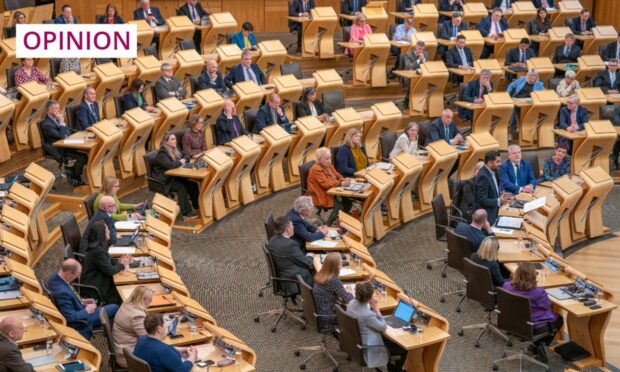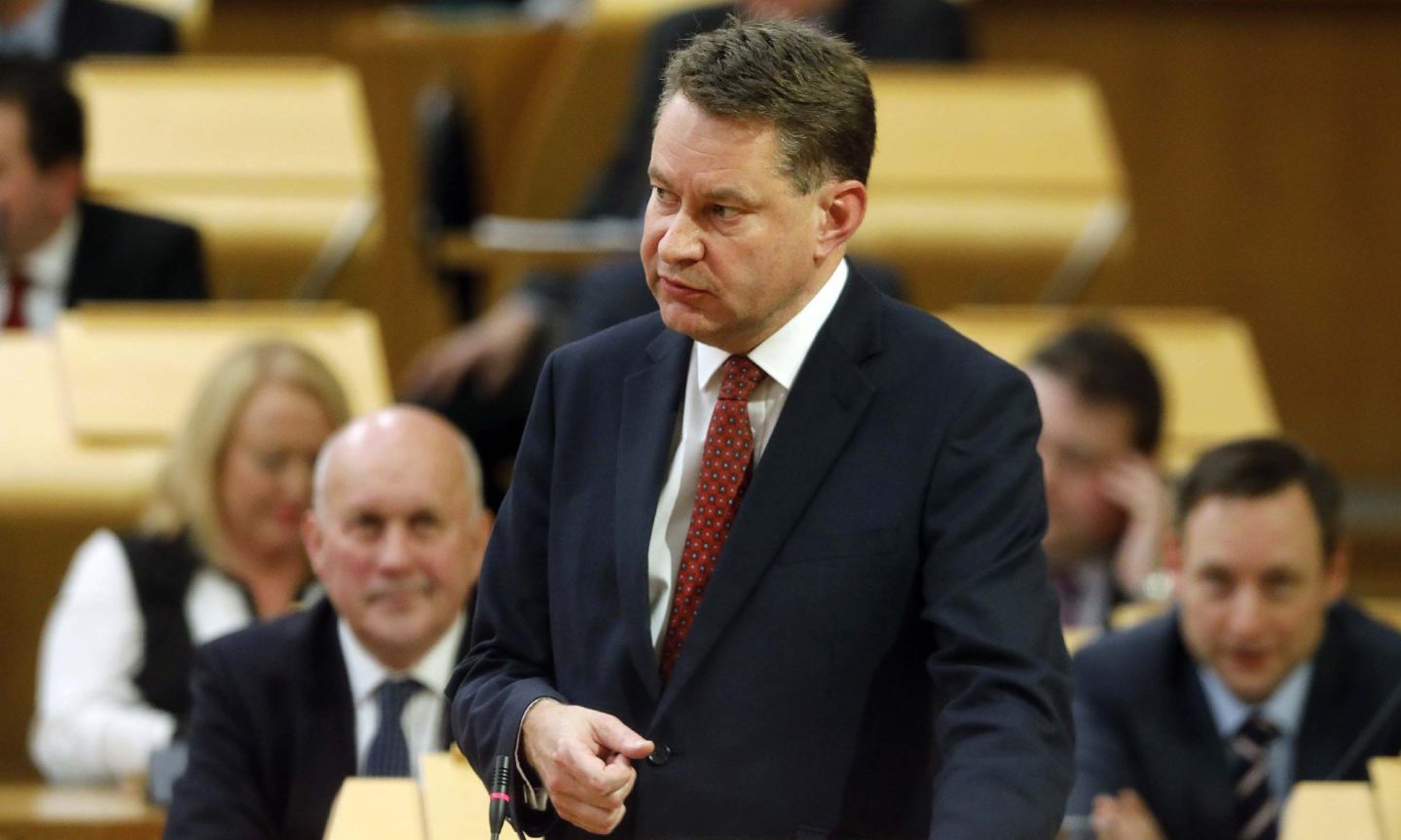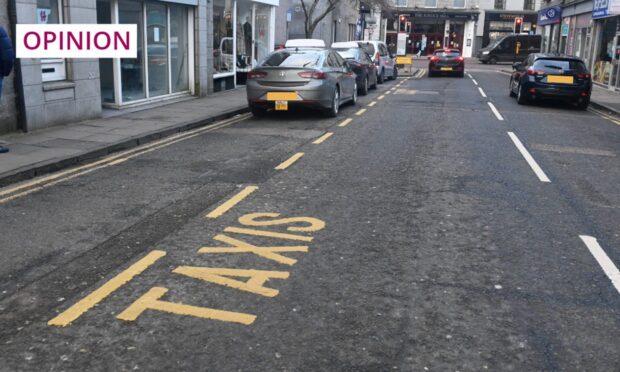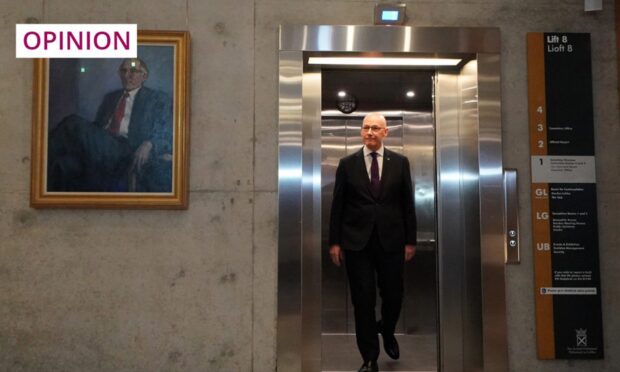What do Jim Wallace, the former Lib Dem deputy first minister, Green Presiding Officer Alison Johnstone, and Conservative MSP Murdo Fraser have in common?
Precious little, you’d think – and you’d be right. But one thing connects them. Each is calling for the number of MSPs in the Scottish parliament to be reconsidered.
With the parliament reaching its 25th anniversary, attention has understandably turned to whether it is working as it should, and what might be done to address its failings and weaknesses.
Since its inception, Holyrood has had 129 members, 73 of them elected through first past the post, and 56 through party lists. The institution’s responsibilities have increased considerably over time, though, meaning it now has control of income tax rates and thresholds, parts of welfare, and some employment programmes, as well as expanded borrowing powers.
Simply put, does the parliament today have enough warm bodies to provide an effective government, a vibrant legislature and a strong committee structure that can run Scotland properly?
I’m aware that the suggestion of more politicians is hardly likely to set the blood racing – or, if it does, not in a positive way. Holyrood has hardly been an unmitigated success story in its first quarter-century, and the last few years have felt particularly bleak.
But part of the problem, at least, has been down to structures. The size of the executive has grown over time, meaning there are fewer backbench MPs to hold it to account.
The committee structure, which, in the absence of a second chamber, plays a heightened role in the scrutiny of legislation, has not behaved with the rigorous independence such an arrangement requires. In short, there have been too many party hacks doing the government’s bidding.
The poor quality of law emerging from St Andrew’s House can be laid at the feet of ministers and civil servants, but is also down to parliament either being unwilling or unable to challenge and change bills.
‘An imbalance between legislative and executive power’
According to Lord Wallace, the 129 figure was an unscientific compromise between Labour and the Lib Dems. Labour wanted 113, Wallace wanted 145, and so they met in the middle. “I think now the parliament requires significantly more. It has more responsibilities, not least for tax and social security,” he said.
Presiding Officer Johnstone has called for the figure to be looked at, and for the same reasons. Fraser – perhaps surprisingly for someone in a party that often argues for a smaller state – is on board, too. Last week, the Welsh Senedd voted to increase its number of members from 60 to 96.
In a new paper for Reform Scotland, the think tank of which I am director, Fraser sets out a further series of recommended reforms to Holyrood’s practices.
He writes that “there is an imbalance between the legislative and executive branches of power in Scotland. In recent years, the ability of the parliament to scrutinise ministers has been weakened.
“The causes of that are varied but include excessive politicisation in both committees and the chamber, insufficient resources, and a dearth of expertise. This has led to a climate of ‘hyper-partisanship’ rather than collaborative consensus when it comes to the scrutiny of laws and the holding of government to account.”
This is of a piece with sentiments expressed by new First Minister John Swinney about closing the bitter divisions that have embedded themselves in our politics. Holyrood was intended to be a place of collaboration as well as competition, but there has been too little of the former in recent years.
Proposals to strengthen parliament
Fraser proposes that parliament directly elects committee conveners, who would be paid extra, in order to enhance the status of the role and to instil it with greater independence from party and government. The parliament would also be able to create stand-alone committees to scrutinise particular pieces of legislation, easing the heavy workload on the existing bodies.
He calls for the current three-stage process involved in passing laws to be extended to five, including enhanced pre-legislative consultation, and the opportunity for post-legislative revision. Given the mess made of gender recognition law, hate crime, bottle deposit return schemes and more, this seems sensible.
A further strengthening of parliament would see MSPs given the power to initiate judicial inquiries, and to approve appointments to ministerial office and public bodies. They would also be given parliamentary privilege, as exists at Westminster, allowing them to comment on ongoing legal cases without fear of prosecution.
There would be binding consequences for ministers who breach the code of conduct, independently enforced, and improvements to question time in the chamber.
We need to empower MSPs
Some of this is quite technical, but it amounts to a manifesto that would empower MSPs at the expense of ministers.
Few who have lived through the difficult past decade would disagree that the executive has, at times, seemed over-mighty, arrogant and dismissive of parliament.
We need smart, independently-minded individuals who are willing to properly represent their constituents
We don’t need a Holyrood filled with nodding dogs to the first minister or their party leader. We need smart, independently-minded individuals who are willing to properly represent their constituents, who are freer to follow their own instincts, and who, when something is plainly wrong, are willing to say so.
An anniversary is a good time to take stock of what’s working and what isn’t. It would be a shame to let this one pass without getting under Holyrood’s bonnet and giving the place a tune-up.
Chris Deerin is a leading journalist and commentator who heads independent, non-party think tank, Reform Scotland














Conversation